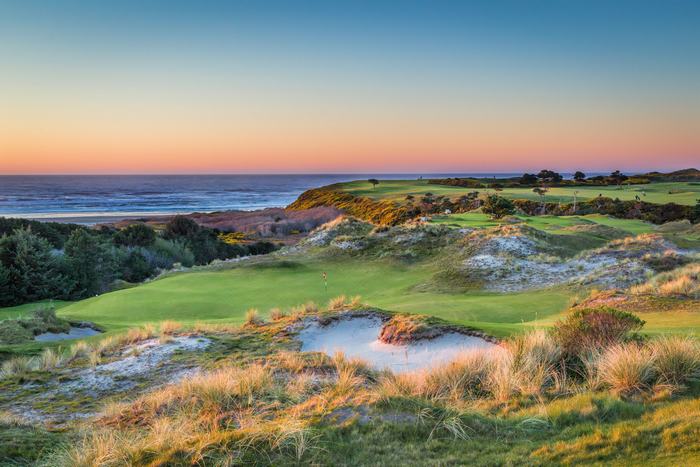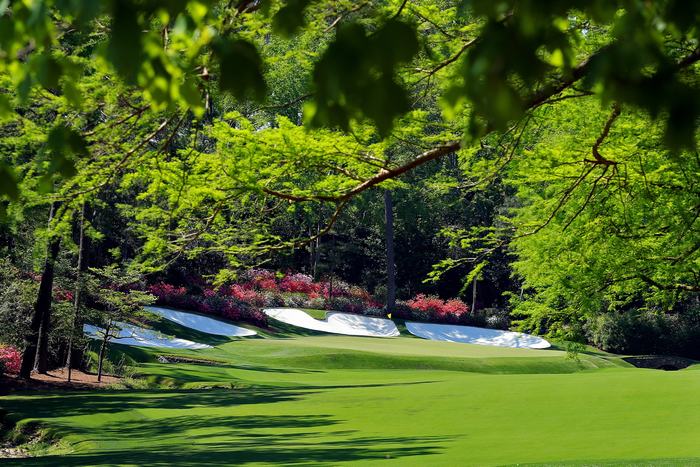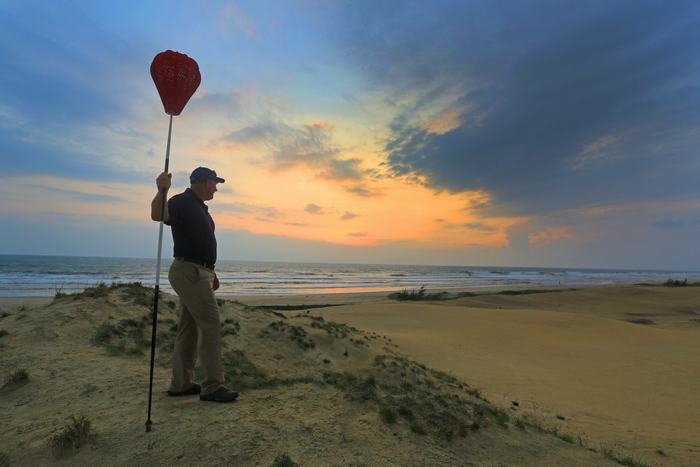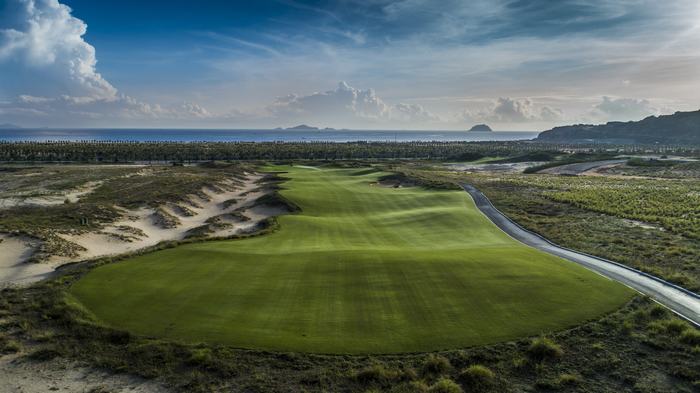The links mecca!
By Hal Phillips
We all recognize that golf began in Scotland, specifically St. Andrews. Yet after several hundred years as a purely British pursuit, the game and its primary tastemakers essentially migrated east, to North America. This shift happened far more quickly than anyone could have imagined. In 1880, it would have been laughable to the British that their game would, in just 50 years, be so dominated by Americans.
The game and its tastes continue to move east. Today, Asia — not North America — is the region where player development, course development and tournament purses are growing most rapidly. (The epicenter of women’s golf has already migrated to Asia, following the best players — and the money). Today, Vietnam, with more than 20 course projects under construction, is arguably the hottest development market on Earth.
Which bring us back to the matter of taste because the game’s continued eastward migration has had, and will continue to have, a fascinating effect on the style of all the courses being built here in Vietnam, and across Asia.
In 1880, when golfers considered the pantheon of great courses, nearly every single one was naturally located in the British Isles — and the vast majority was links. A century later, in keeping with the location of those who made the tastes and pulled the strings in golfing circles, the various Top 100 lists were dominated by North American courses and the parkland-style layouts most popular there.
It’s important to recognize that the Top 100 construct is relatively new (Golf Digest pioneered the form in 1966; GOLF Magazine’s World Top 100 debuted in 1979) and remains highly fluid. For example, in the mid-1990s, the tastes of U.S. course developers, raters and golfers themselves began to shift away from the parkland style toward the links style - thanks to the popularity of projects like Sand Hills and Bandon Dunes. This trend shows no sign of slowing down. Look at Pinehurst No. 2: In the 1970s, that course was a “garden” in the pines with turfgrass wall to wall. Today, it’s been “restored” to a links-style layout (with equal portions exposed sand and turf) set amid way fewer pines.
What’s more, geography still matters. The game’s two most influential Top 100 rankings are still formulated and issued far from Asia, in metropolitan New York City. And while the majority of new courses are currently being built in Asia, the majority of course raters themselves are based in North America (and the U.K.).
There’s something of disconnect there, or rather a gray area when it comes to what style of course to build/design in Asia, according to whose tastes. Today, Vietnam sits directly at the crossroads of these tastes and trends.
I’m gonna make a huge generalization here and it’s my hope that you recognize the truth in it:
There are basically two types of golfers in the world, those who like their courses on the Augusta National model, and those who prefer the St. Andrews model. Reasonable people can differ on what exactly makes course physically attractive, depending on their golf and cultural backgrounds, but Asians generally reside in the Augusta camp — they have traditionally preferred “garden” designs where the environment is green, heavily landscaped and manicured. Westerners reside in the St. Andrews camp, where courses are browner, scruffier and more “natural”.
I first noticed this dynamic back in 2009 when BRG Danang Golf Resort and Montgomerie Links both opened up, essentially at same time, right next to each other. The westerners I knew strongly preferred the more linksy Danang, but local play was far heavier at Montgomerie Links, a garden/parkland design. Golfers made their preferences known — with their feet.
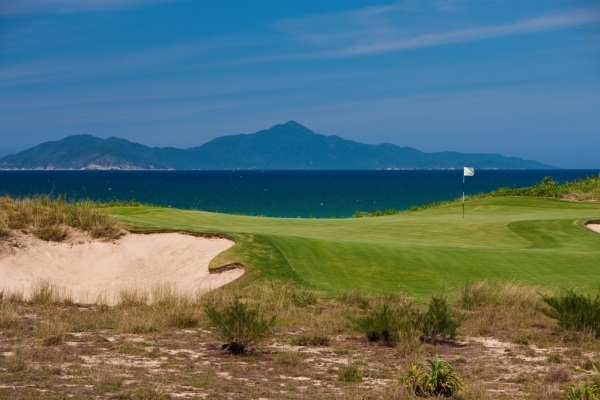
While I stand by these generalizations, we can’t ignore the fact that tastes are always in a state of flux. We see the evidence right before our eyes, with links projects like the Bluffs at Ho Tram and Hoiana Shores Golf Club, the new Robert Trent Jones II project slated to open this year in Hoi An. These are surely links courses, through and through. Brian Curley’s new course at Don Hoi and KN Links in Nha Trang are also quite linksy.
Clearly the folks developing these projects believe links golf will be attractive here because there isn’t much of it here — and because this departure from garden golf will best appeal to golfers and course raters visiting from the West.
Another part of this dynamic is purely climatic. Many Asians aren’t partial links golf because they haven’t played much of it. There is, in fact, very little of it to be played in Asia — and some of that fact is attributable to climate. Links golf is more of a ground game and it’s difficult to get the proper bounce and roll from turf that traditionally thrives in the heat and moisture of Southeast Asia. Whereas it’s quite easy to build softer, lusher, garden courses here — another reason that style of course has predominated here up to now.
But technology changes, along with taste. At Hoiana Shores, Jones and course superintendent Rob Weiks are pioneering the use of Zeon zoysia, a turf grass bred specifically to create firm/bouncy fairways in tropical climes. The land on the beach there, just south of the new Cu Dai Bridge, is absolutely perfect for links golf: literally a sea of sand. Hoiana stands to be the best argument yet for links golf— in Vietnam, certainly, and I suspect the whole of Asia.
As they always do, golfers in Vietnam will decide — with their feet.
Bio: Journalist Hal Phillips is managing partner of Mandarin Media, Inc., a content/digital marketing firm that’s been working from Southeast Asia since 1993. He has been a member of the GOLF Magazine course-rating panel since 1997.


